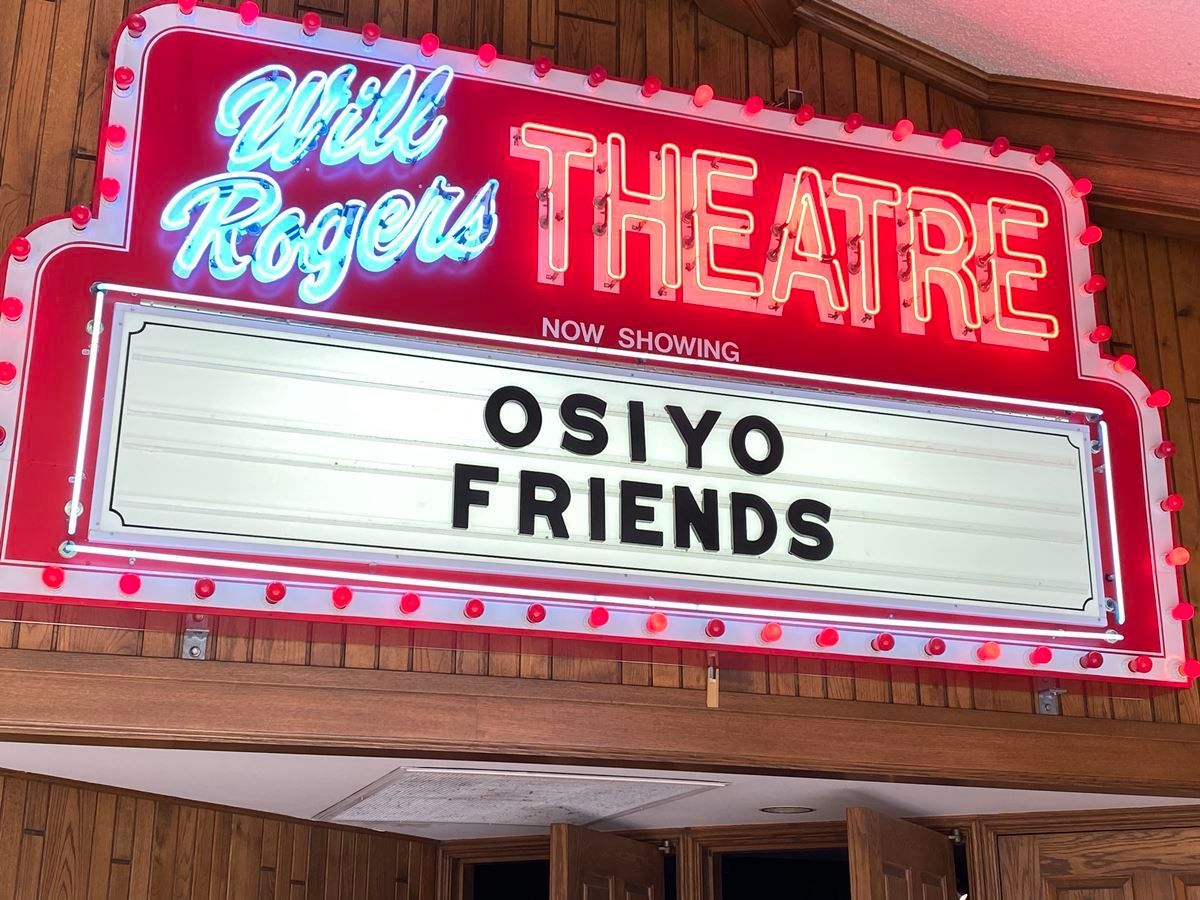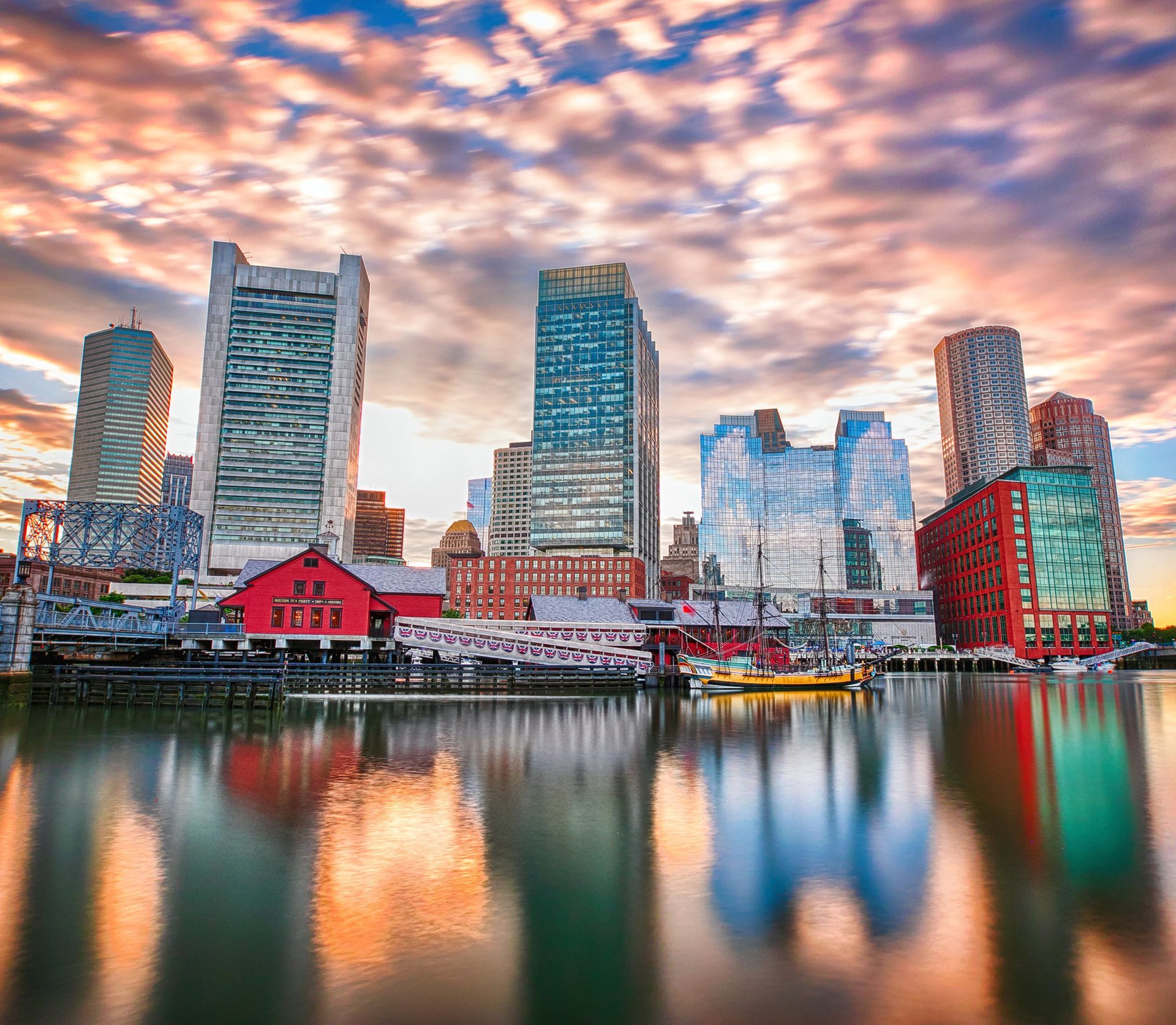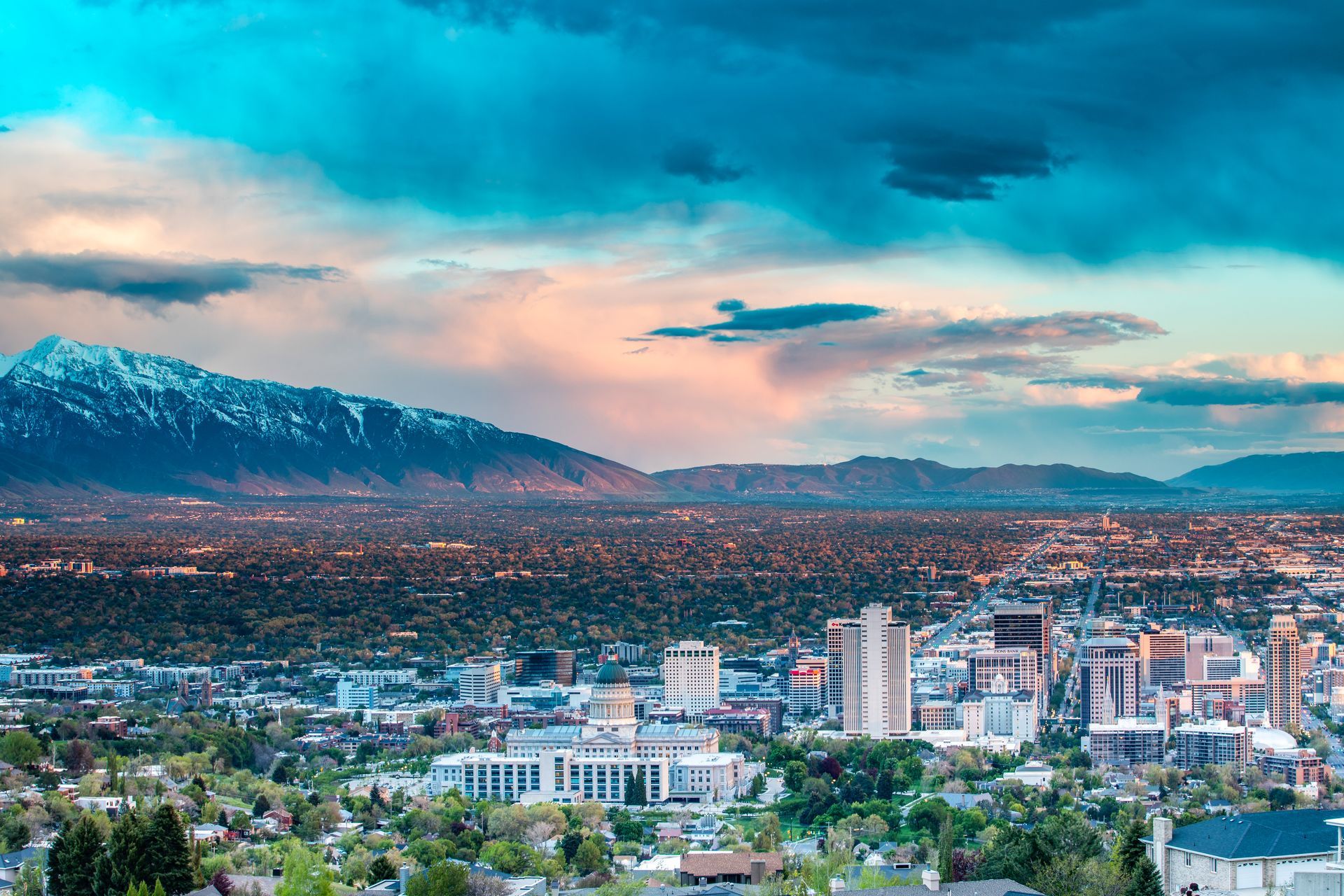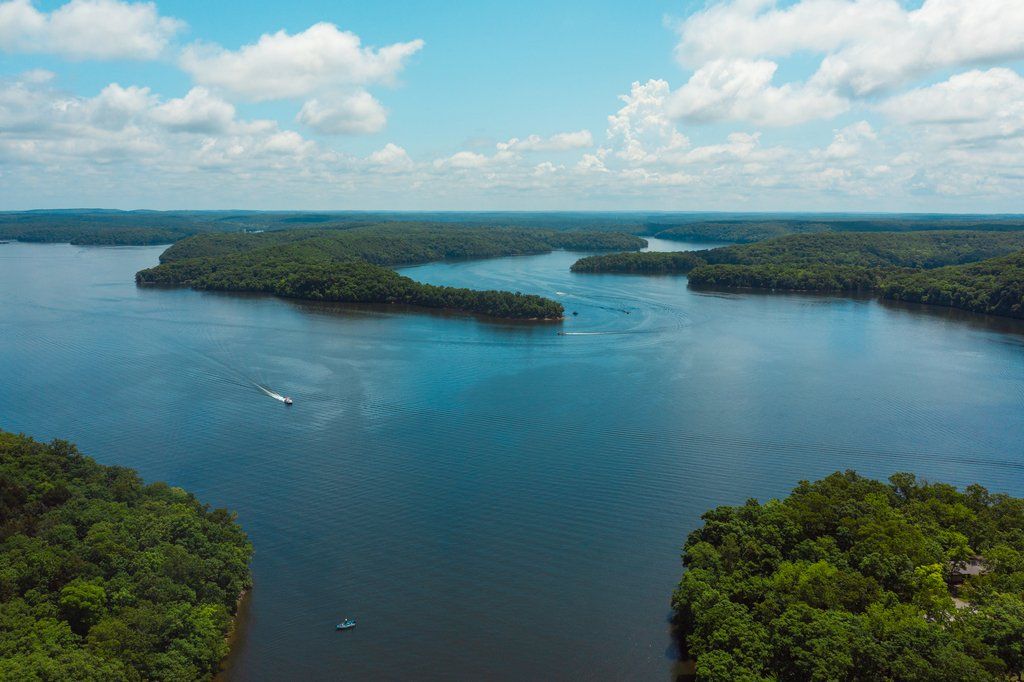Fort Myers and Sanibel - our top 7 reasons to visit
Here’s a few reasons why we believe this beautiful, vibrant destination will tick all your holiday boxes.
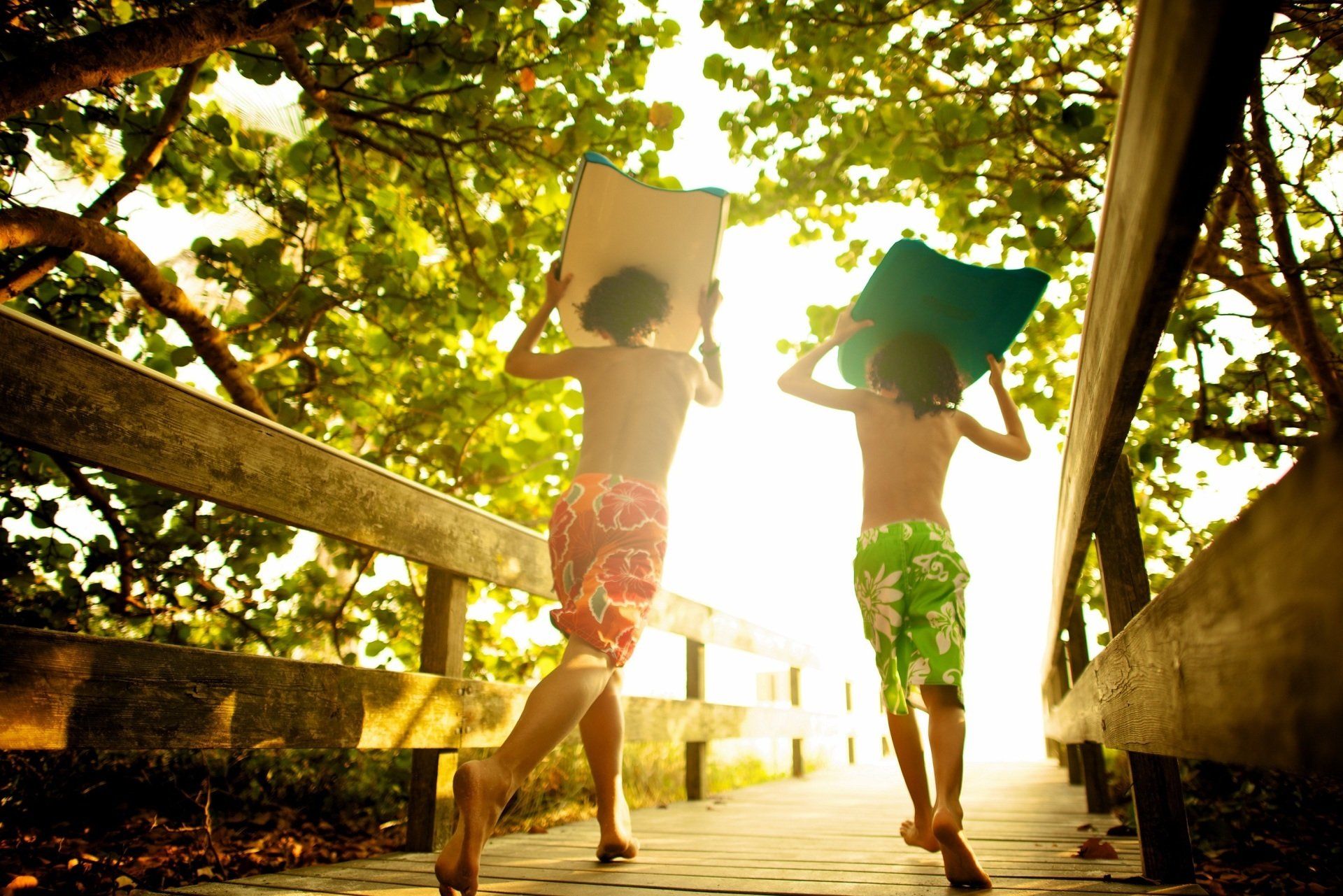
Looking for the ultimate beach escape? Look no further than The Beaches of Fort Myers and Sanibel, the perfect Florida destination for lovers of blue skies, endless beaches and a whole raft of outdoor adventures. Here’s a few reasons why we believe this beautiful, vibrant destination will tick all your holiday boxes:
1 – Beaches
Like much of Southwest Florida, Fort Myers and Sanibel is blessed with miles of unspoiled beaches, perfect for kicking back and relaxing or keeping agile with activities such as parasailiing, cycling, kayaking and paddle boarding.
Family-friendly resorts, seaside restaurants and nightlife can be found on seven miles of white, sugar-sand coastline in Fort Myers Beach. Stop by the heart of downtown at Times Square, to shop and dine near the Fort Myers Beach Pier. Take a walk across the boardwalks over the dunes to Lovers Key State Park , an isolated ribbon of pristine beach and one of the best on the Gulf Coast to see native species such as manatees, dolphin, osprey and many shorebirds.
Hop over by boat to the islands of North Captiva and Cayo Costa State Park. This former fishing ground of the Calusa Indians offers 9 miles of untouched beaches for swimming, snorkeling, shelling, fishing, birdwatching and exploration.
2 – Sunsets
Famed for its sunsets, Fort Myers and Sanibel offer the best places to watch the sun go down at the end of a long day. Fort Myers Beach has seven miles of coastline, find a spot on the pier and take in the striking view of the golden sun. Perhaps head to Blind Pass where Captiva and Sanibel Islands meet to gather some shells and watch the sunset.
Another great spot to catch a sunset is the Sanibel Island Lighthouse. Located on Sanibel Island’s southern tip, the lighthouse was built in 1884. Enjoy Lighthouse Beach whilst you wait for the sun to drop into the Gulf of Mexico.
3 - Nature
Two-thirds of Sanibel Island is protected land, including the 6,400-acre J. N. Ding Darling National Wildlife Refuge. Some 270 bird species use it as a stopover in their migratory path or are living year round, and visitors are encouraged to seek the ‘big five,’ including white pelicans and bright pink roseate spoonbills. Endangered or threatened species in the refuge include smalltooth sawfish, loggerhead sea turtles and wood storks.
The largest island off Florida’s Gulf coast, Pine Island offers a small-town atmosphere amid mangroves and a lush natural environment.
Walk the Calusa Heritage Trail to learn how and why the ancient people dug miles of canals and built huge shell mounds, indicative of a complex, sophisticated society.
The wide, shallow sound provides habitat for manatees and almost every Floridian fish species as well as being a haven for birdwatchers and nature lovers.
4 - Go Shelling
Unlike most of Florida’s barrier islands. Sanibel runs east to west instead of north to south, thus catching the currents from both the north and the south. Combined with a gradual shoreward incline, this means that lots of shells wash up on its beaches. Shell collecting is one of the most popular beach activities, and people travel from all over the world to explore the colourful and varied shell selection. Find them on nearly every beach, but it’s Sanibel and Captiva islands that gather the most, thanks to their unique geography.
5 - Go Fishing
In the 1700s, Cuban fishermen worked with the Creek Native Americans, shipping salted fish back to Spain. In the 1800s, a central fishery on Useppa comprised around 15 buildings. Once the railroad came to Punta Gorda, the locals could sell vast quantities of seafood to be packed in ice and transported up the East Coast.
As recently as a century ago, fishing families used to work and stay in offshore, stilted fish cabins surrounded by shallow water. With wooden walls and metal roofs, many of the shacks have disappeared with time, and a few burnt down, but a handful remain standing. Listed on the National Register of Historic Places , they are often photographed and occasionally used for their intended purpose.
Year-round, anglers come to the sound to catch and release tarpon and to catch and eat redfish, mangrove snapper, cobia, and more.
6 – Paddling
With more water than land, water activities are a must when visiting Fort Myers and Sanibel. Kayak or paddle board to get close to the manatees, paddle the same trail as the Calusa Indians by heading out on one of the largest, best executed blue-ways in the country – 190 miles of waterway.
Sanibel Sea School is a fun way for children to learn about nature and the waters of Sanibel and Captiva. Spot dolphins, search for crabs, discover beautiful shells and learn about the abundant wading birds that live off the islands.
End the day by boating across the quiet waters of Pine Island Sound to Cayo Costa State Park or Cabbage Key.
7 – Peddaling
One of the best ways to see Fort Myers and Sanibel is by pedal power. Sanibel Island and Cape Coral are big biking communities with over 90 miles of cycle routes through wildlife parks, heritage sites and golf courses.
Fort Myers Beach is the best place to cycle along the waves, whilst Caloosahatchee Regional Park is great for mountain bikers with its rugged inclines and forest terrain.
Immerse into nature with a visit to J .N. Ding Darling National Wildlife Refuge. Located on Sanibel island, this is the largest undeveloped mangrove ecosystem in the USA with miles of primordial wetlands. Watch flocks of birds migrate across land and sea and watch out for alligators and manatees in their natural habitat as you head along the drivable safari trail.

